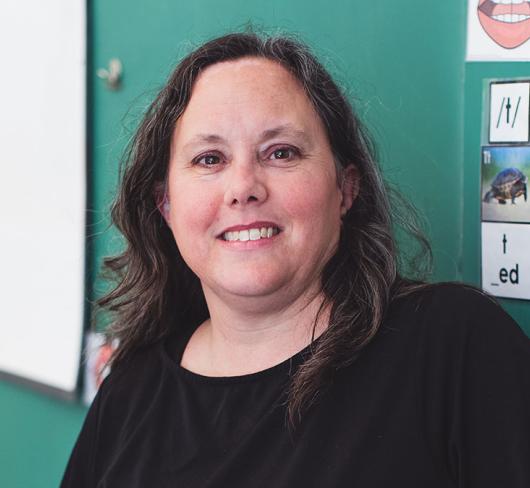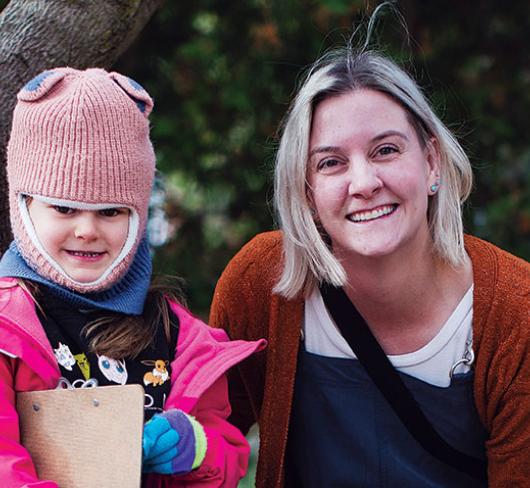
Creating a Literacy Environment in Your Kindergarten Classroom
Each child in your kindergarten classroom has different abilities, interests and experiences that shape and influence his or her learning. Not all children follow the same path to literacy, but we know we need to create an environment rich in print resources (poems, charts, songs, stories) where reading, writing, listening, speaking, viewing and representing are integrated into a stimulating, natural language environment.
When we teach children by building on what they know, structuring play in a balanced literacy classroom becomes critically important. As the teacher, you provide a balance between explicit instruction and opportunities for children to practice strategies and skills independently. Positive experiences lead to greater risk taking by the students as they gain confidence. You can enrich the environment by providing resources and ensuring that the literacy activities are appropriate. Kindergarten classrooms need to be organized to invite children to use print. Classroom centres provide an optimal learning experience where you can meet the needs of individual children through flexible grouping and accommodate different learning styles.
You may find it easiest to begin with a content or theme centre. Fill the centres with theme- related resources for integrated activities. Begin with a few centres at first, build and model your routines, evaluate children’s needs and interests, and make changes based on your observations. Build choice into a centre, and consider creating the following:
- Cozy Book Corner — great for independent reading;
- Writing Centre — alphabet frieze, theme word cards, lots of various papers, greeting cards, booklets.
- Alphabet Study/Word Study Centre —terrific with word cards, picture dictionaries, magnetic letters.
- Math Centre — pattern blocks, manipulatives, graph paper, play money, plastic cubes.
- Art Centre — recyclable materials, paints, sponges, straws, wall paper samples, variety of papers.
If you immerse your children in high interest, meaningful literacy tasks, encourage regular independent reading and writing (with lots of purposeful talk), capture children’s curiosity with a good story; and use that interest to extend children’s knowledge, language and imagination, you will produce competent readers and writers in a meaningful literacy environment.
Joan Barrett and Joan Littleford teach at the English Language Centre, G. B. Little Junior Public School, Toronto. Their workshop “Looking at the Kindergarten Program" was one of the highlights of the 1999 Summer Institutes. They are the authors of the Scholastic Kindergarten Program Guide, the authors of four of seven of the integrated teaching units that accompany the Guide, and the senior editors of the other three units that comprise the complete program. The Scholastic Kindergarten Program was published by Scholastic Canada in 1999.

